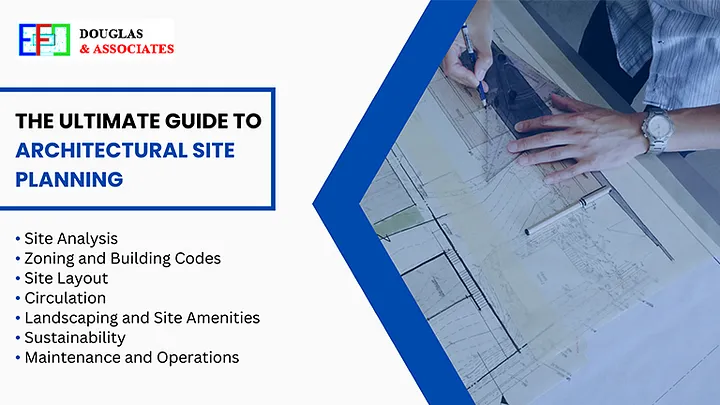
Architectural site planning is the process of designing and arranging the elements of a building or development on a piece of land. It involves determining the best use of the site, considering factors such as zoning, building codes, environmental impact, and accessibility. Master and Site Planning is a critical component of architectural design, as it sets the foundation for the entire project. In this ultimate guide, we will cover the key aspects of architectural site planning.
Site Analysis
The first step in Tourism Master Planning in St Kitts & Nevis, and Nevis is to conduct a site analysis. This involves gathering information about the site, such as its size, topography, soil conditions, vegetation, and existing infrastructure. It is important to understand the site’s natural features and limitations to inform the design process. A site analysis can also identify opportunities and constraints that may impact the design.
Zoning and Building Codes
Before beginning any design work, it is essential to research the zoning regulations and building codes that apply to the Master and Site Planning Caribbean. These rules determine the allowable uses, setbacks, height restrictions, and other parameters of the project. It is important to understand these requirements early in the process to ensure that the design complies with all applicable regulations.
Site Layout
Once the site analysis and zoning research are complete, the next step is to develop a site layout. This involves determining the placement of buildings, roads, parking areas, and other site elements. The layout should take into account the natural features of the site, as well as any regulatory requirements. It is important to consider the site’s accessibility, functionality, and aesthetic appeal in the layout.
Circulation
The circulation of people and vehicles on the site is a critical aspect of site planning. The layout should provide safe and efficient routes for pedestrians, bicycles, and vehicles. The circulation plan should also consider emergency access, parking, loading areas, and public transportation. The goal is to create a Master and Site Planning Caribbean that is easy to navigate and supports the desired activities.
Landscaping and Site Amenities
The landscaping and site amenities are important elements of site planning. They can enhance the beauty, comfort, and functionality of the site. Landscaping can include trees, shrubs, flowers, and other vegetation that provide shade, privacy, and visual interest. Site amenities can include benches, lighting, signage, and public art that add to the site’s appeal.
Sustainability
Sustainability is becoming an increasingly important consideration in site planning. The design should aim to minimize the impact on the environment and maximize energy efficiency. Sustainable features can include green roofs, rainwater harvesting, solar panels, and energy-efficient lighting. By incorporating sustainable practices, the site can reduce its carbon footprint and contribute to a healthier environment.
Maintenance and Operations
Finally, it is essential to consider the maintenance and operations of the site in the planning process. The design should include provisions for ongoing maintenance, such as access to utilities, waste management, and landscaping services. It is also important to consider the long-term use and management of the site, including potential changes in use and future expansions.
The Conclusion
In conclusion, architectural site planning is a critical component of the design process. By considering the site’s natural features, regulatory requirements, circulation, landscaping, sustainability, and maintenance, the design can create a site that is functional, attractive, and sustainable. With careful planning and attention to detail, the site can enhance the quality of life for its occupants and the surrounding community. You can also approach to EF Douglas & Associates, where the agency has a team of professionals and they can help you in.




